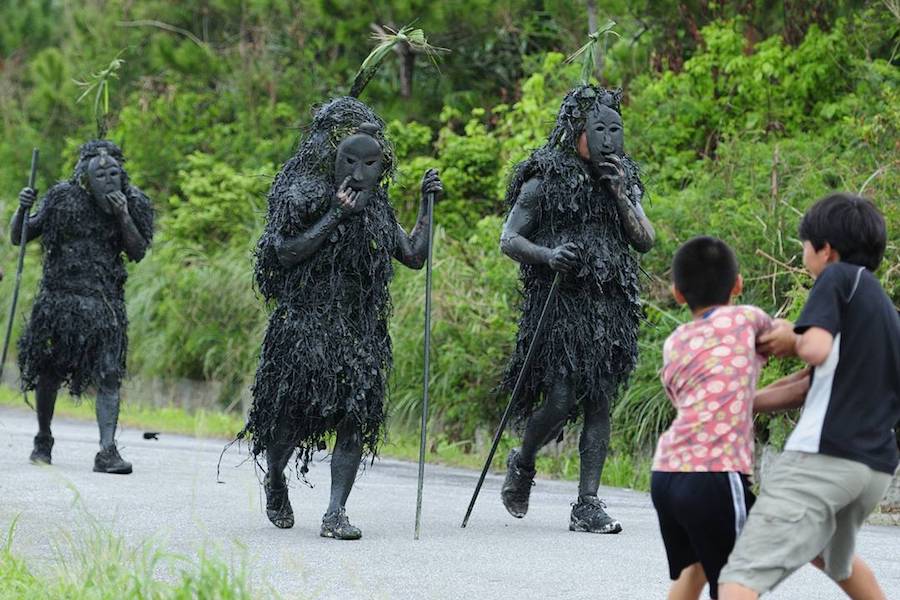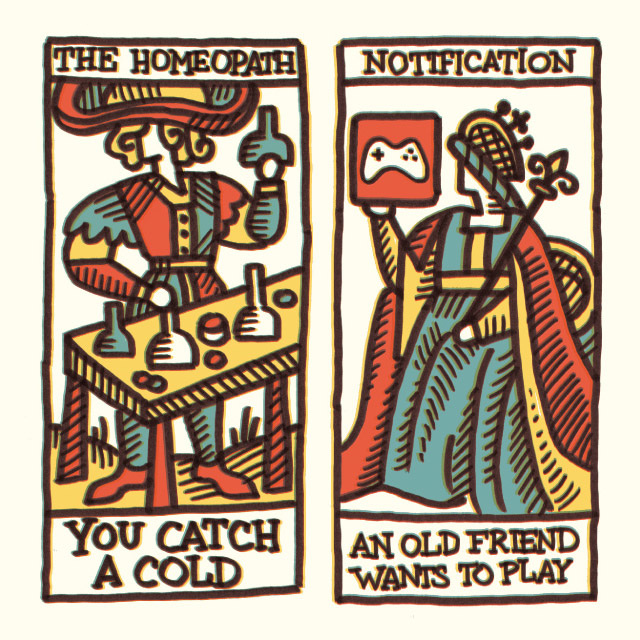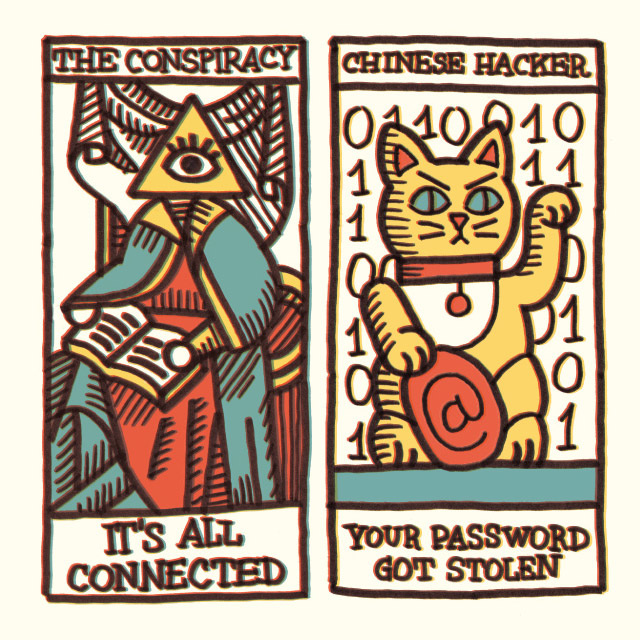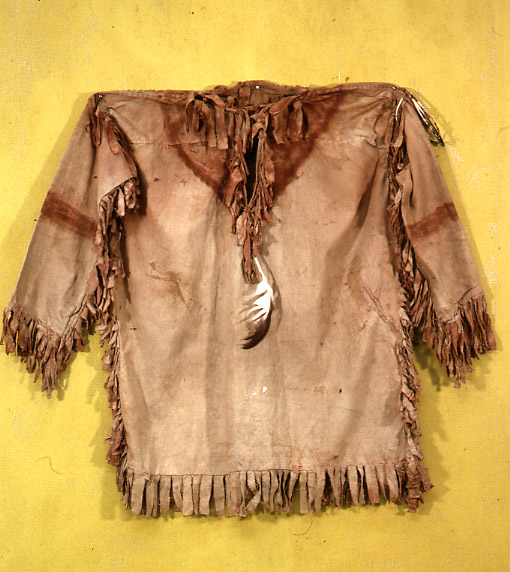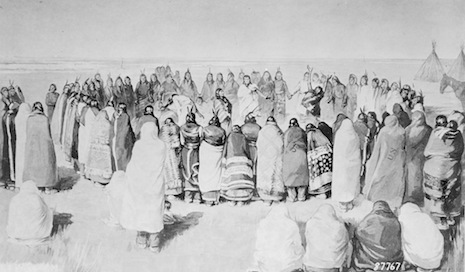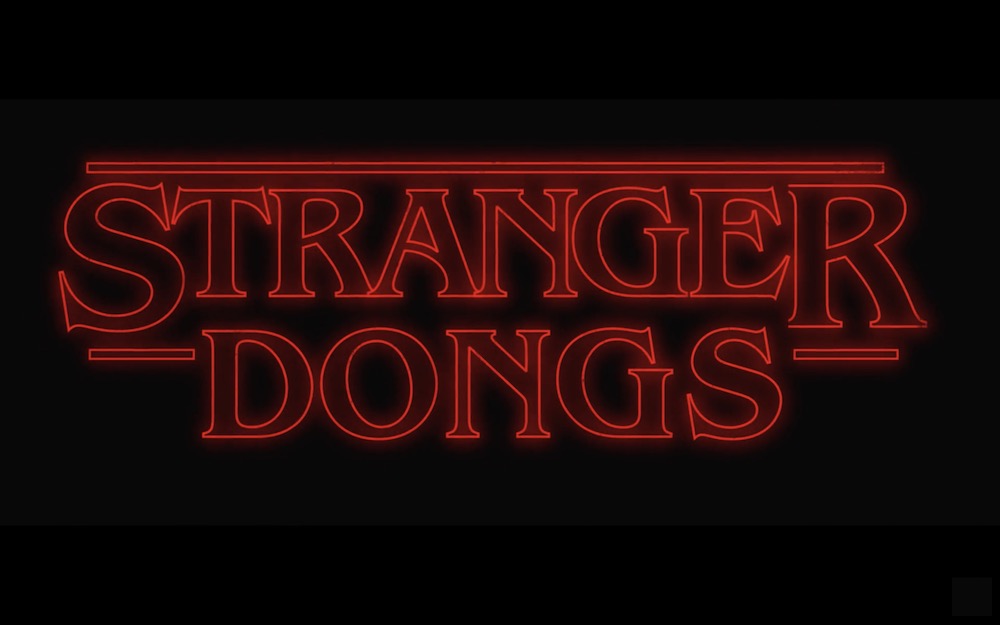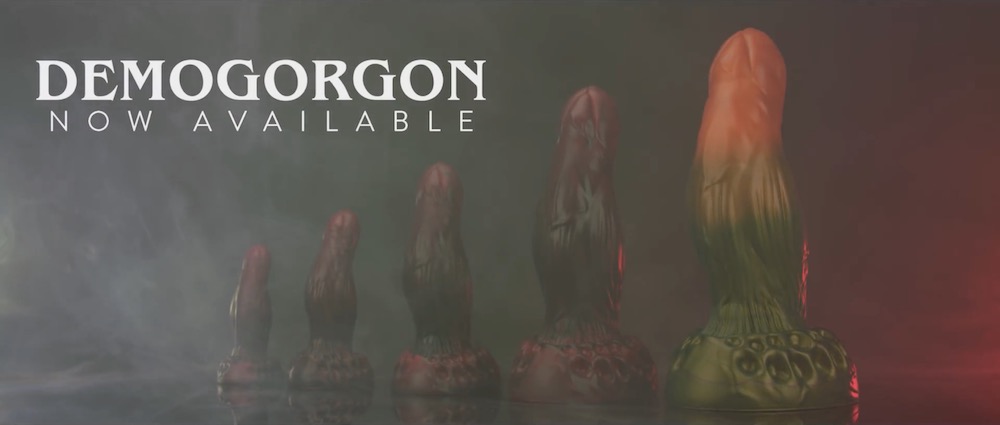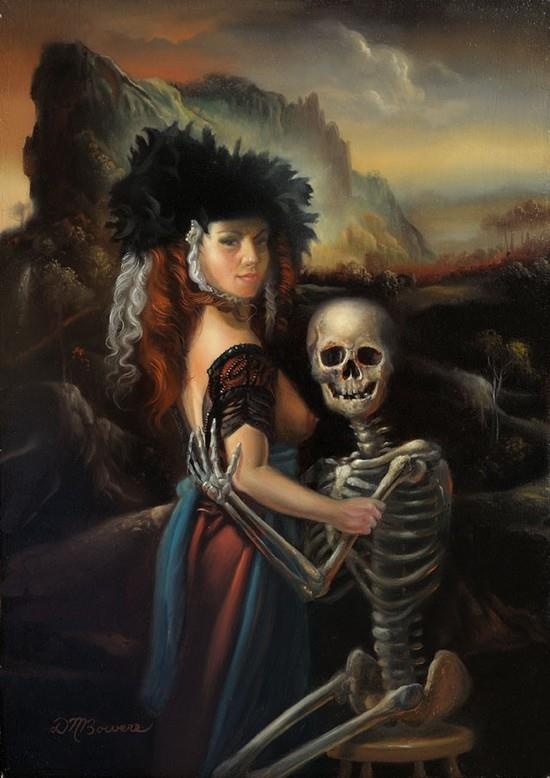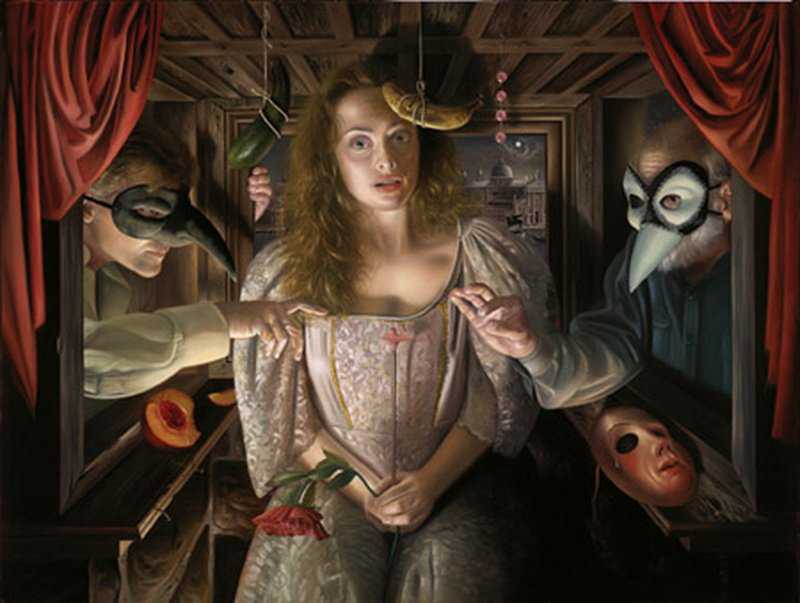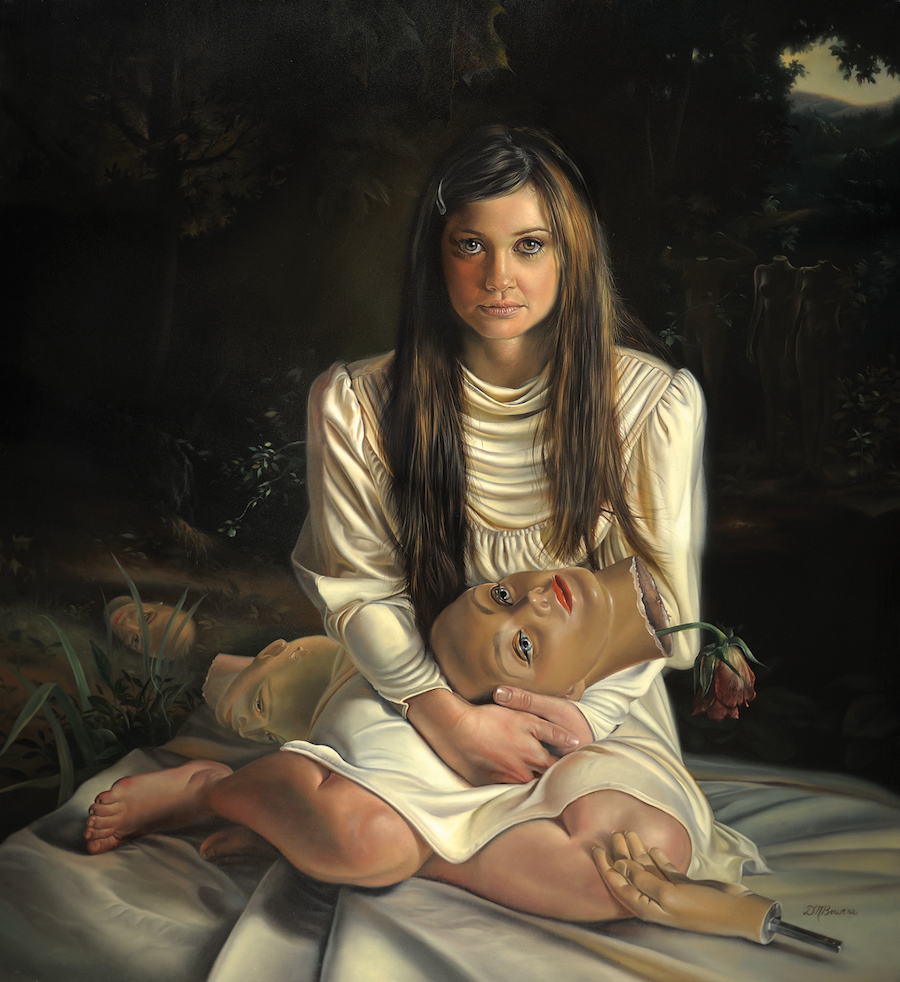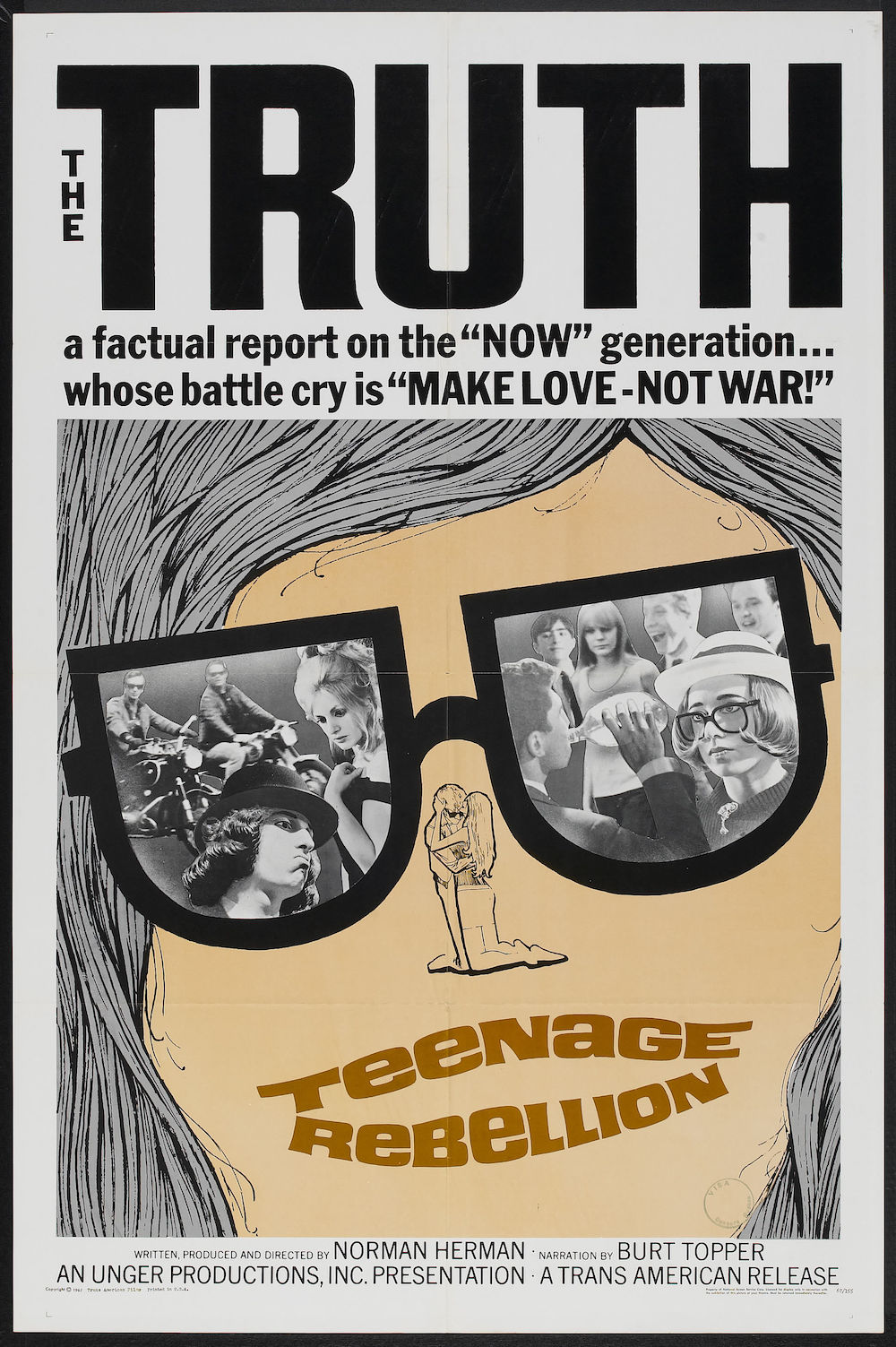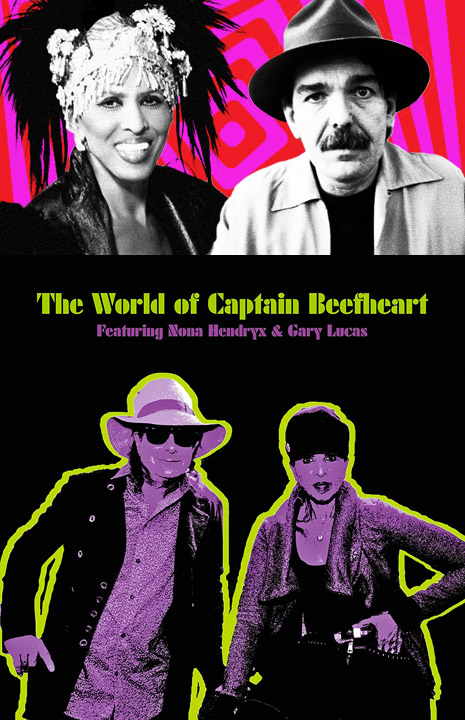
Because her fame is perpetually tethered to her membership in the vocal trio Labelle, and because that group is most famous for the immortal disco fucksong “Lady Marmalade,” the idea of Nona Hendryx recording an album of Captain Beefheart covers with a member of the Magic Band may at first seem pretty weird.
But then it’s useful to recall that it was Nona Hendryx’s songwriting that played a large role in their successful transition from the ‘60s girl-group Patti LaBelle and the Bluebelles into the more daring R&B trio they’d become in the ‘70s as Labelle. And that Hendryx’s post Labelle afterlife included a stint in the New Wave band Zero Cool, and one in Bill Laswell’s defiantly genre-indifferent jazz group Material. Just this past August she participated in a collaboration with Nick Cave at MASSMoCA. Hendryx’s admirable willingness to go off the map is a tradition of long standing, and in that context, her singing Beefheart seems like something that could have happened sooner.
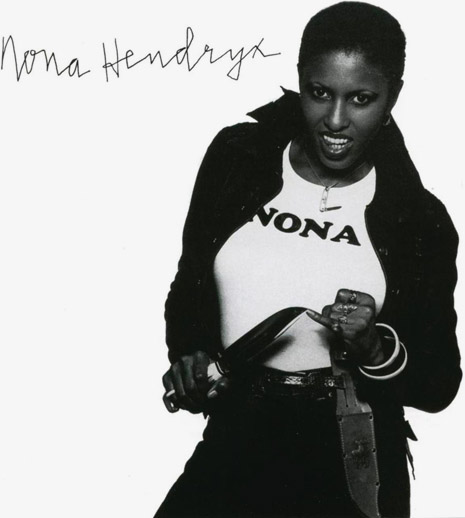
When you can pull off this look, you get to cover whoever the hell you want.
Her album with latter-day Beefheart guitarist Gary Lucas (Doc at the Radar Station, Ice Cream for Crow) is due out on November 10; it’s titled The World of Captain Beefheart and it’s a goddamn stunner. It’s jarring at first to hear Beefheart songs covered by someone who can sing so well—so much of these songs’ original feel was dependent on Don van Vliet’s celebrated gravel-throated vocal stylings that Hendryx’s equally celebrated husky alto can seem almost alien to the material, but unsurprisingly, she totally slays it. Standout tracks include “Sure ‘Nuff ‘N Yes I Do,” “When It Blows Its Stacks,” and “I’m Glad”—that last one being kind of a gimme as it’s pretty straight R&B, but Hendryx nails more angular and difficult material like “When Big Joan Sets Up” equally well.
We were fortunate enough to get some time to talk with Gary Lucas about how how the project came to be
Gary Lucas: This all came about because our bass player and my co-producer on the record, Jesse Krakow, did a tribute to Captain Beefheart some years ago, in a place called the Bowery Poetry Club, and Nona was one of his guests. I was invited to come and play on a couple numbers—Jesse and I had played in Fast ’N’ Bulbous, we did two records for Cuneiform—so I met Nona at this tribute, and she was very friendly. Co de Kloet, who’s like a Beefheart/Zappa go-to guy in the Netherlands, a producer & DJ, he asked me if I would do a symphonic Beefheart night at the Paradiso in Amsterdam, and in casting about for a singer I thought Nona could do it. She was really cool, and she came and did a great job. There were some Dutch vocalists as well, someday maybe that’ll come out.
But so anyway, when that was done, I wasn’t going to wait around to get more kicks with a 65-piece orchestra, as great as that was, I wanted a way to do that with a more portable ensemble. So I stripped it down to just drums, bass, guitar, and keyboards, and Nona. It took a few years to get it done, I was busy with some other projects, but we tackled it and we nailed it, I guess it was almost a year and a half ago we turned it in. It’s been a tortuous route to it finally coming out, but it’s coming out on Knitting Factory, who’ve been very gung-ho and supportive. The package is beautiful, they really committed to it.
Dangerous Minds: There are songs on this that significantly predate your tenure in the Magic Band, was any of it new to you, or was it all material that had already been in your repertoire?
GL: Not really. Even things I didn’t actually play in the Magic Band I played in Magic Band reunions with Rockette Morton and John French, so I did that for a while, and it was a comprehensive overview of Captain Beefheart, so anything I hadn’t learned in my time with him I learned for that project and for Fast ’N’ Bulbous. Some of it I hadn’t played in some years but we definitely went into the recording very prepared and rehearsed. It was a good mix of weird dark stuff and more accessible R&B stuff. It’s a pretty endlessly fascinating repertoire with a lot of payoffs.
Keep reading after the jump…



